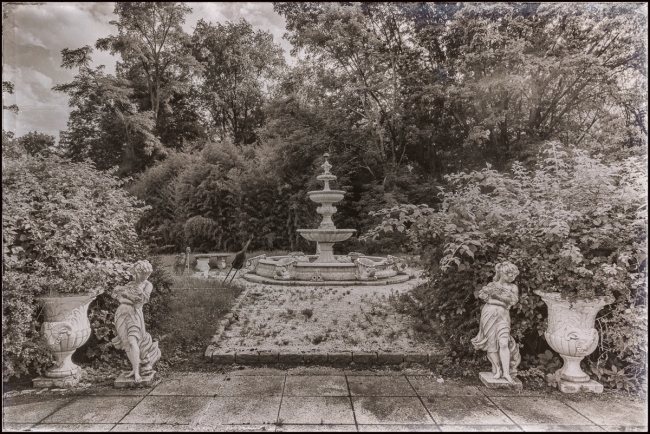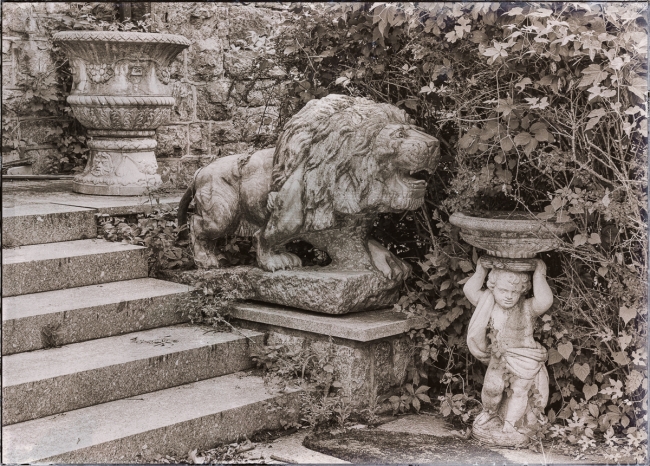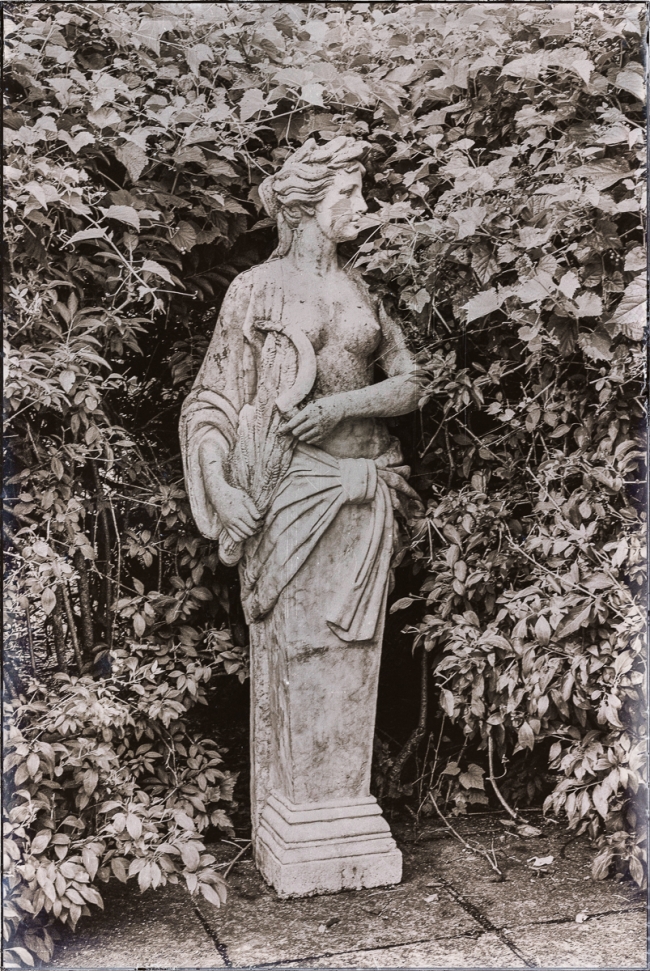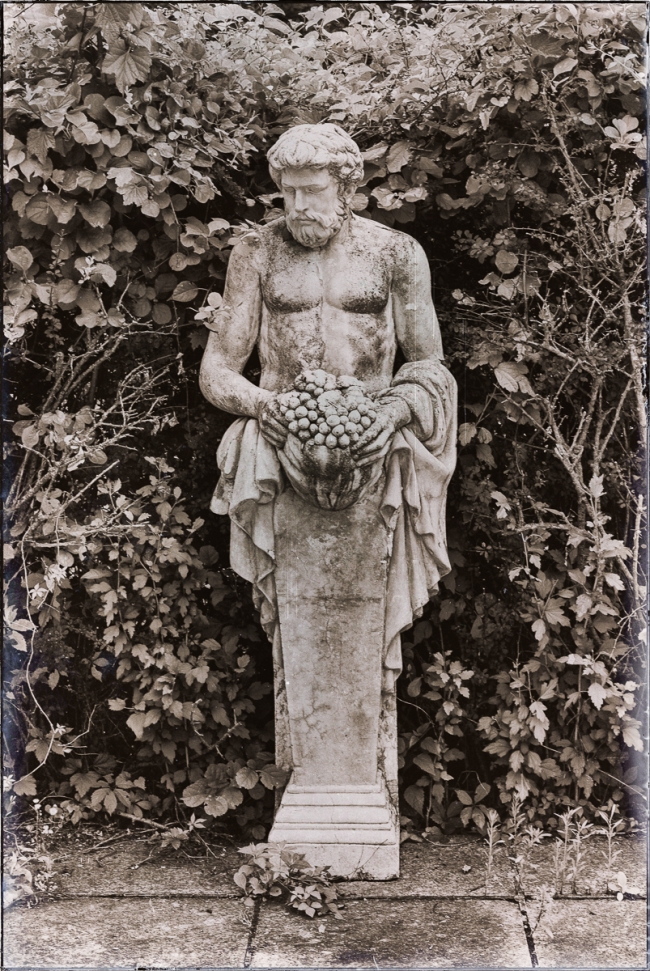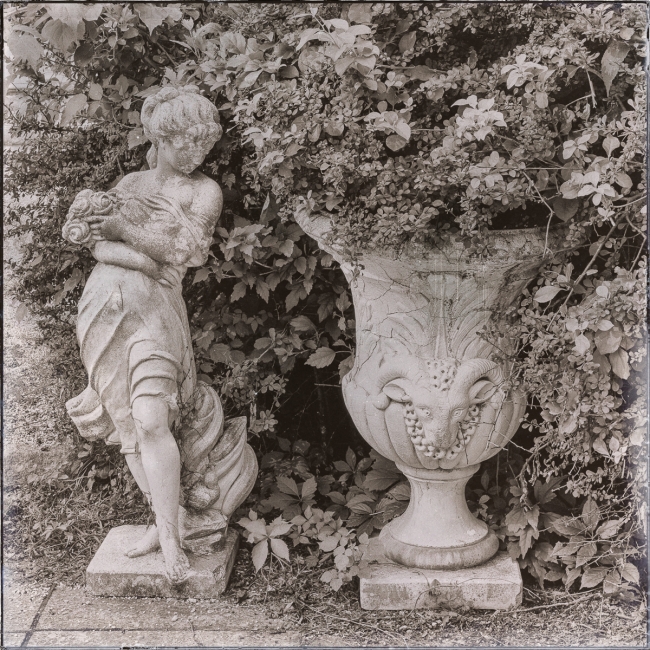Eugène Atget is one of my photographic heroes:
Working in and around Paris for some 35 years, in a career that bridged the 19th and 20th centuries, Eugène Atget created an encyclopedic, idiosyncratic lived portrait of that city on the cusp of the modern era. His career began around 1890, when he hung a shingle reading, “Documents pour artistes” (Documents for artists) on a studio door in Paris’s fifth arrondissement. The sign declared his modest ambition of providing other artists with images to use as source material in their own work, and included such categories as “landscapes, animals, flowers, monuments, documents, foregrounds for painters, reproductions of paintings,” as a friend elaborated in the journal Revue des Beaux-Arts.
…Around 1900, Atget’s focus shifted. The city’s urban landscape had been recently reshaped by the modernization campaign known as Haussmannization—a necessarily destructive process led by (and named after) Baron Georges-Eugène Haussmann that saw Paris’s medieval neighborhoods razed and transformed into wide avenues and public parks. Those changes, in turn, kindled a broad interest in vieux Paris (“old Paris”), the capital in its pre-Revolutionary, 18th-century form. Atget’s feeling for vieux Paris had been an integral part of his practice of making documents for other artists, but around 1900 that interest took center stage, as he established himself as a specialist in pictures of Paris. Indeed, his calling card from the period read, “E. Atget, Creator and Purveyor of a ‘Collection of Photographic Views of Old Paris.’” (Museum of Modern Art Website).
His photographs are deceptively simple. I’ve been trying for years to create something like them, but without much success. When I came across these sculptures I thought I’d “give it another go”. While not entirely successful it’s a bit better than previous attempts.
Taken with a Fuji X-E1 and Fuji XC 16-50mm f3.5-5.6 OSS II

